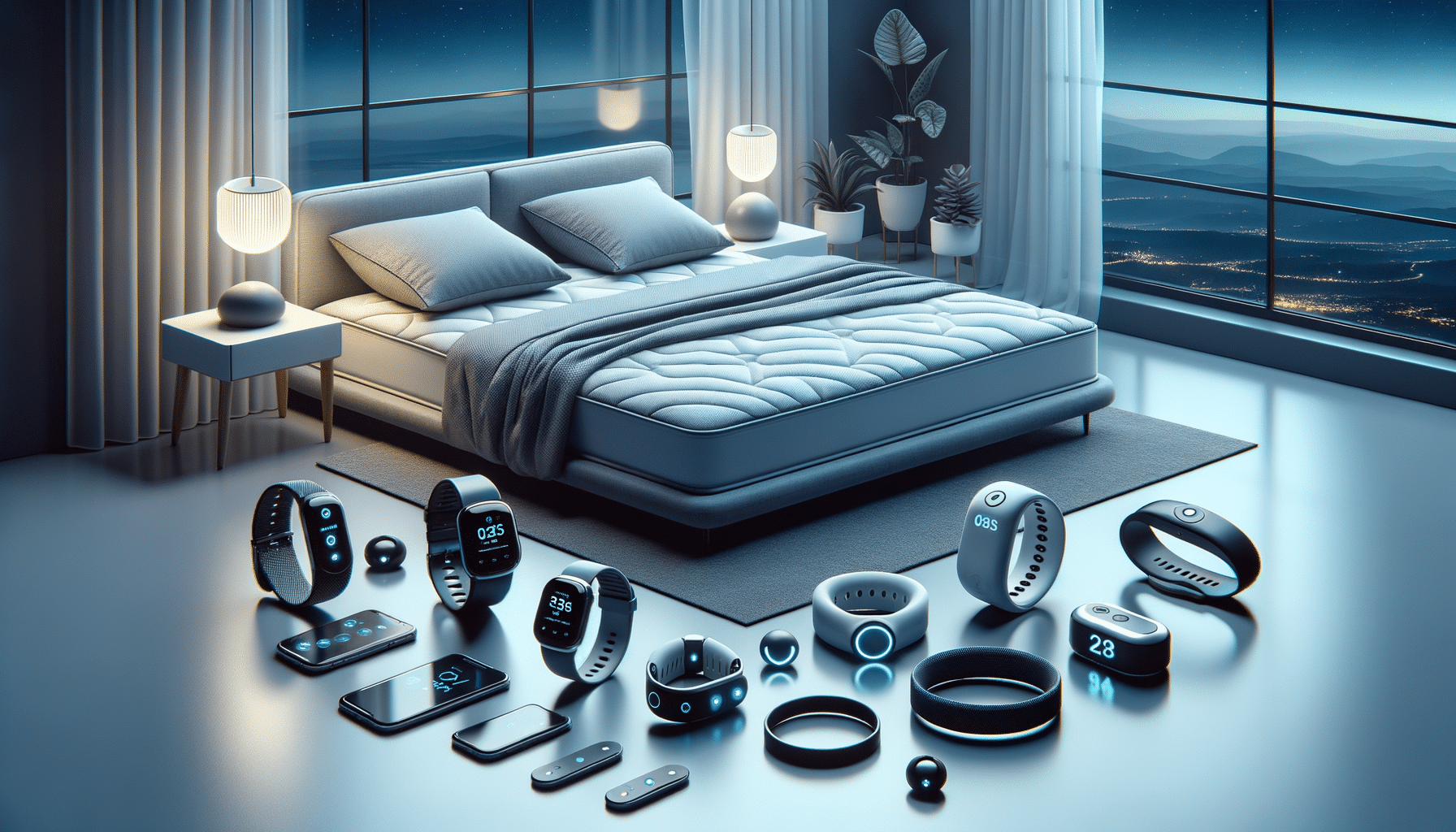
Discover the benefits of sleep tracking rings, wearable monitors, and how different types of sleep trackers support better rest.
Introduction to Sleep Tracking Devices
In today’s fast-paced world, understanding and improving sleep quality is more crucial than ever. Sleep tracking devices, such as rings and wearable monitors, have emerged as innovative tools that offer insights into our sleep patterns, helping us identify habits and enhance our rest. By monitoring various sleep stages and physiological metrics, these devices provide valuable data that can lead to better sleep hygiene and overall well-being.
These devices are designed to seamlessly integrate into our daily lives, offering a non-intrusive way to gather important sleep data. From rings to wristbands, each type of tracker offers unique benefits, catering to different preferences and needs. This article explores the various types of sleep trackers available, their benefits, and how they can support a healthier sleep routine.
Sleep Tracking Rings: A Subtle Approach to Monitoring Sleep
Sleep tracking rings are gaining popularity due to their discreet design and advanced technology. These rings are worn on the finger and are equipped with sensors that monitor various physiological parameters such as heart rate, temperature, and movement. The data collected provides insights into sleep stages, allowing users to understand their sleep cycles better.
One of the key advantages of sleep tracking rings is their comfort and ease of use. Unlike bulkier devices, rings are lightweight and do not interfere with sleep, making them a preferred choice for those who prioritize comfort. Additionally, these rings often come with companion apps that provide detailed sleep analysis, helping users identify patterns and make informed decisions to improve their sleep quality.
Moreover, sleep tracking rings are often designed to be water-resistant and durable, ensuring they can be worn continuously without worry. This continuous monitoring capability provides a comprehensive view of sleep patterns over time, allowing for more accurate assessments and personalized recommendations.
Wearable Sleep Trackers: Wristbands and Beyond
Wearable sleep trackers, such as wristbands, offer a versatile option for those looking to monitor their sleep. These devices are typically worn on the wrist and are equipped with sensors that track movement, heart rate, and even blood oxygen levels. The data collected is then analyzed to provide insights into sleep duration, efficiency, and disturbances.
One of the main benefits of wearable sleep trackers is their multifunctionality. Many of these devices also function as fitness trackers, providing users with a comprehensive overview of their health and wellness. This dual functionality makes them an attractive option for those seeking an all-in-one solution.
Wearable sleep trackers are often equipped with features such as silent alarms, which gently wake users during light sleep phases, promoting a more natural waking experience. Additionally, the data collected can be synced with health apps, allowing users to track their progress and set personalized sleep goals.
Exploring Sleep Tracking Mattresses
Sleep tracking mattresses represent a more integrated approach to monitoring sleep. These mattresses are embedded with sensors that detect movement, heart rate, and breathing patterns. The data collected is used to analyze sleep stages and provide insights into sleep quality and efficiency.
One of the primary benefits of sleep tracking mattresses is their ability to provide a comprehensive view of sleep without requiring the user to wear any additional devices. This makes them an excellent choice for those who prefer a more passive approach to sleep tracking.
These mattresses often come with smart features, such as temperature regulation and adjustable firmness, further enhancing sleep quality. Additionally, the data collected can be used to personalize sleep environments, ensuring optimal conditions for restful sleep.
Conclusion: Embracing Technology for Better Sleep
As technology continues to advance, sleep tracking devices offer a promising solution for those seeking to improve their sleep quality and overall health. From discreet rings to multifunctional wristbands and integrated mattresses, there is a wide range of options available to suit different preferences and needs.
By providing valuable insights into sleep patterns and habits, these devices empower users to make informed decisions and adopt healthier sleep routines. As a result, individuals can enjoy the benefits of improved rest, leading to enhanced well-being and productivity.
Ultimately, embracing the technology of sleep tracking devices can be a game-changer in our quest for better sleep, offering a clearer understanding of our sleep cycles and the factors that influence them.


